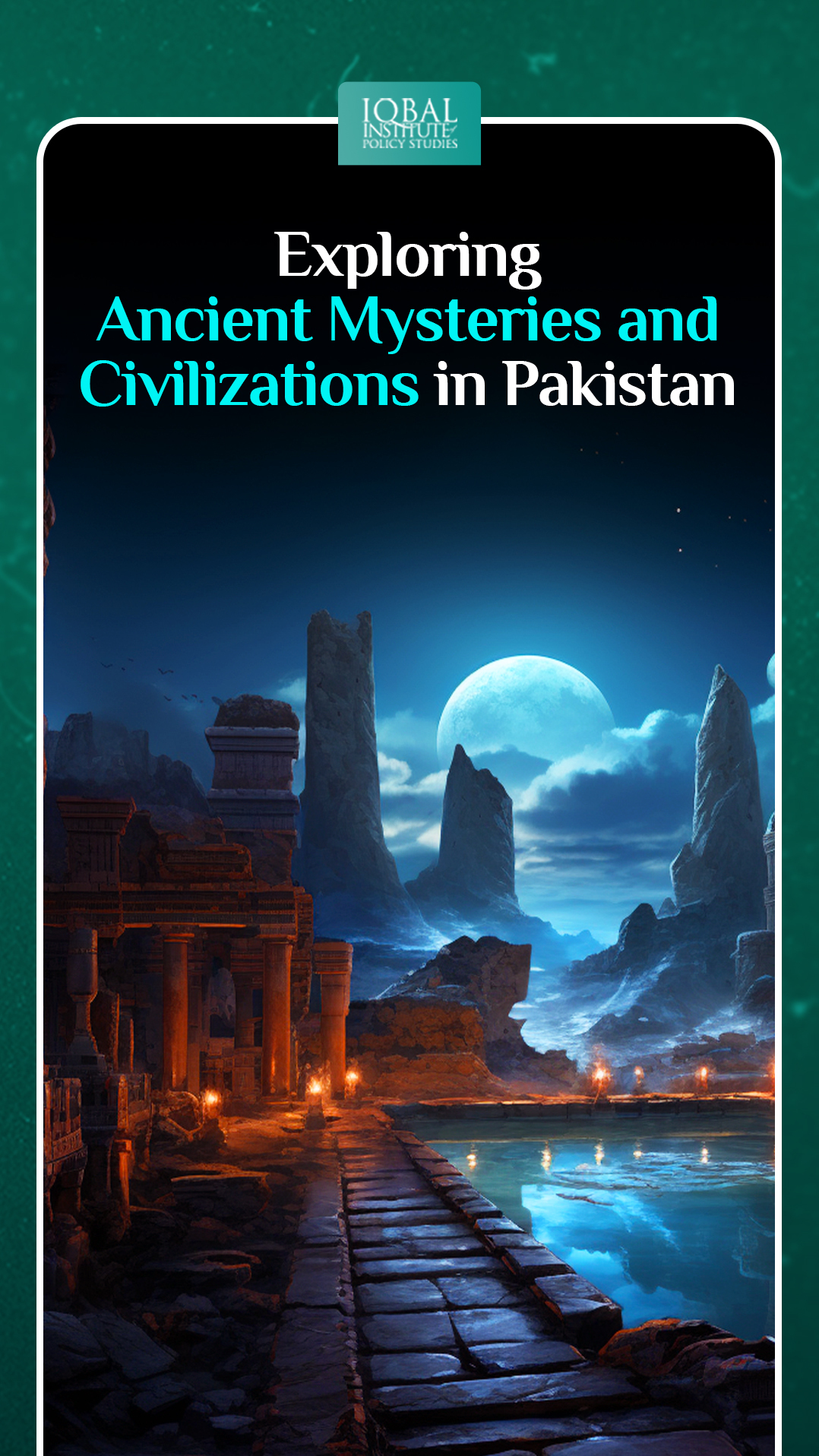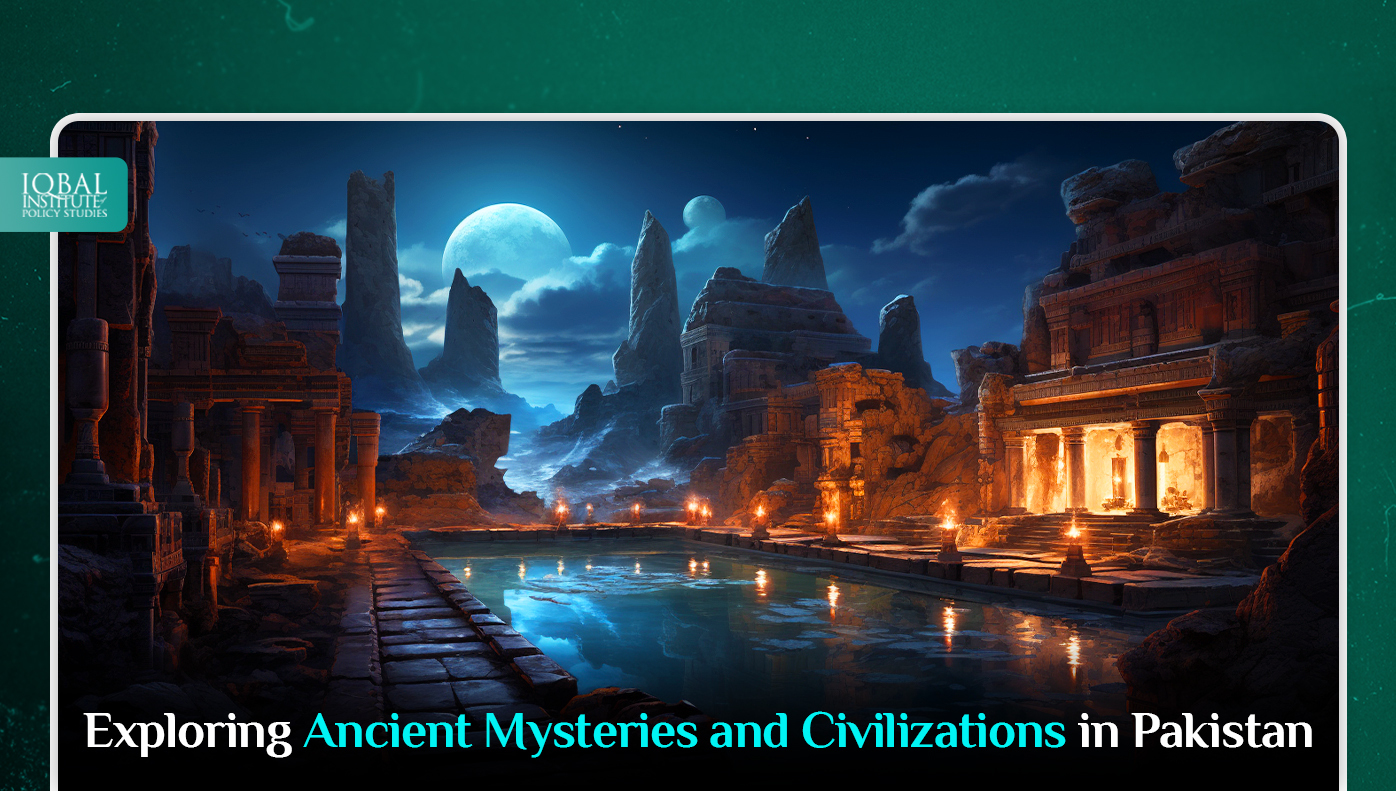Pakistan, often hailed as a land of diverse cultures and landscapes, is equally renowned for harboring a treasure trove of archaeological wonders that date back millennia. From the awe-inspiring remnants of the Indus Valley Civilization—the cradle of one of the world’s earliest urban societies—to the intricate artistry of the Gandhara civilization that flourished at the crossroads of ancient trade routes, Pakistan’s history is an intricate puzzle waiting to be pieced together. Beyond textbooks and timelines, this journey allows us to immerse ourselves in the mysteries that continue to intrigue historians, archaeologists, and curious minds alike.
As we traverse through the ruins of ancient cities like Mohenjo-daro and Taxila, we unearth the secrets of bygone eras—where urban planning was innovative, art was divine, and spirituality found its expression in breathtaking monuments. Delving into the annals of history, we embark on a captivating journey to unravel the enigmatic past that lies beneath the sands and landscapes of Pakistan. This blog is an exploration of the rich tapestry of ancient mysteries and civilizations that have left an indelible mark on the subcontinent’s historical canvas.
The Enigma of the Indus Valley Civilization
At the heart of Pakistan’s historical narrative lies the captivating enigma of the Indus Valley Civilization. Flourishing from approximately 3300 BCE to 1300 BCE, this ancient civilization stands as one of the world’s most intriguing and enigmatic societies. The cities of Harappa and Mohenjo-daro, with their meticulously planned layouts, advanced drainage systems, and intricately designed artifacts, offer a tantalizing glimpse into a sophisticated urban culture that thrived millennia ago. However, what continues to baffle archaeologists and historians is the undeciphered script of this civilization, which has defied all attempts at interpretation. The tantalizing fragments of its written language remain an enigmatic code waiting to be cracked, holding the key to unlocking profound insights into the society’s governance, culture, and daily life. As we delve into the mysteries of the Indus Valley Civilization, we find ourselves embarking on a journey of exploration not only into the distant past but also into the depths of human curiosity and the persistent quest for understanding our origins.
Rediscovering Gandhara
One of the most captivating chapters in Pakistan’s historical narrative is the Gandhara civilization, a splendid period that spanned from the 6th century BCE to the 11th century CE. Nestled in the region where modern-day Pakistan and Afghanistan converge, Gandhara was a crossroads of cultures, where East met West along the Silk Road. This confluence gave birth to an artistic and spiritual renaissance that left an indelible mark on the landscape. The legacy of Gandhara is most vividly embodied in its exquisite Buddhist art and architecture. The intricate rock-cut sculptures and stucco reliefs serve as eloquent expressions of the fusion of Hellenistic, Persian, and indigenous influences. The stupa at Takht-i-Bahi, the monasteries of Taxila, and the Buddha statues of Swat stand as testament to the region’s artistic mastery. But beyond its tangible relics, Gandhara is also a spiritual journey—a journey into the propagation of Buddhism and the enduring quest for enlightenment. As we explore Gandhara, we are not merely witnessing historical artifacts; we are uncovering the very essence of a civilization that sought to bridge cultures and transcend time.
Roaming through Mohenjo-daro
Roaming through Mohenjo-daro is akin to embarking on a time-travel journey that transports visitors to the heart of the enigmatic Indus Valley Civilization. The ruins of this once-thriving city stand as a testament to the advanced urban planning, engineering ingenuity, and cultural vibrancy that defined this ancient society. As you walk through the meticulously designed streets and alleys, the layout reveals a remarkable grid system that speaks to the city’s organized governance. The intricacies of the homes, the marketplace, and the Great Bath, a marvel of hydraulic engineering, provide a glimpse into a society that flourished around 2500 BCE. The preserved artifacts such as seals adorned with an undeciphered script further underscore the mysteries that continue to surround this archaeological marvel. However, amid the awe-inspiring architecture lies a perplexing puzzle: the sudden decline of Mohenjo-daro, a mystery that keeps historians and archaeologists intrigued, adding an extra layer of mystique to this captivating site.
The Charms of Taxila
Nestled amid the picturesque landscape near the modern city of Islamabad, the ancient city of Taxila emerges as a true gem in Pakistan’s historical crown. With roots tracing back to over two millennia, Taxila stands as a testament to the region’s intellectual and cultural vibrancy. Renowned as a center of learning, this UNESCO World Heritage Site once attracted scholars, philosophers, and students from far and wide, forming a melting pot of diverse knowledge and wisdom. The ruins of Taxila offer a mesmerizing journey through time, revealing the remnants of grand universities, stupas, monasteries, and intricately carved sculptures that capture the fusion of Hellenistic, Persian, and Indian influences. As we stroll through the ancient paths of Taxila, we can almost feel the echoes of ancient discussions, debates, and philosophical musings that once resounded within these hallowed walls. Each stone and relic speaks of a bygone era when intellect and creativity flourished, leaving an enduring imprint on the landscape of human civilization.
Tracing the Steps of Alexander the Great
The echoes of Alexander the Great’s conquests reverberate through the historical landscape of Pakistan, intertwining the region’s past with one of history’s most legendary figures. As we follow in the footsteps of this Macedonian conqueror, we’re led to sites like Nicaea, modern-day Hyderabad, where his forces engaged in battles that left an indelible mark on the land. The remnants of Bucephala, situated in Jhelum, pay homage to Alexander’s beloved horse and companion, Bucephalus. These sites, along with others, serve as poignant reminders of the interactions between the Hellenistic world and the Indian subcontinent, bridging cultures and civilizations that continue to captivate historians and explorers alike. Tracing the trajectory of Alexander’s conquests in Pakistan not only unravels tales of military prowess but also reveals the layers of cultural exchange and historical transformation that shaped this crossroads of civilizations.
The Mysterious Rock Art of Balochistan
Nestled within the rugged and remote landscapes of Balochistan, Pakistan’s largest province, lies a captivating enigma etched onto the very stones of its ancient terrain. The mysterious rock art of Balochistan paints a vivid picture of a bygone era, where the inhabitants of this region left their mark on the canvas of time. These intricate petroglyphs, scattered across the rocky expanses, offer a tantalizing glimpse into the lives and beliefs of ancient civilizations that once thrived here. Carved by skilled hands thousands of years ago, the images depict scenes of daily life, hunting expeditions, intricate rituals, and the wildlife that shared the land. Each stroke of the chisel-like tool tells a story, yet the true meanings behind these captivating artworks remain veiled in the mists of history, leaving us with an enduring sense of wonder and curiosity. As we marvel at these ancient carvings, we are reminded that beneath the vast and often desolate landscapes of Balochistan, there exists a tapestry of human history waiting to be explored and deciphered, offering a connection to the past that is as enigmatic as it is alluring.
Conclusion
Pakistan’s cultural heritage is a treasure trove of ancient mysteries and civilizations that have stood the test of time. From the enigmatic scripts of the Indus Valley Civilization to the breathtaking art of Gandhara, each chapter of history adds to the rich tapestry of this land. As modern explorers, we have the privilege of peeling back the layers of time and uncovering the stories that have shaped Pakistan into what it is today—a country with a past as diverse and complex as its present.
This article is written by Radma Nouman. Radma is a research analyst at the Iqbal Institute of Policy Studies (IIPS).



Leave a Reply